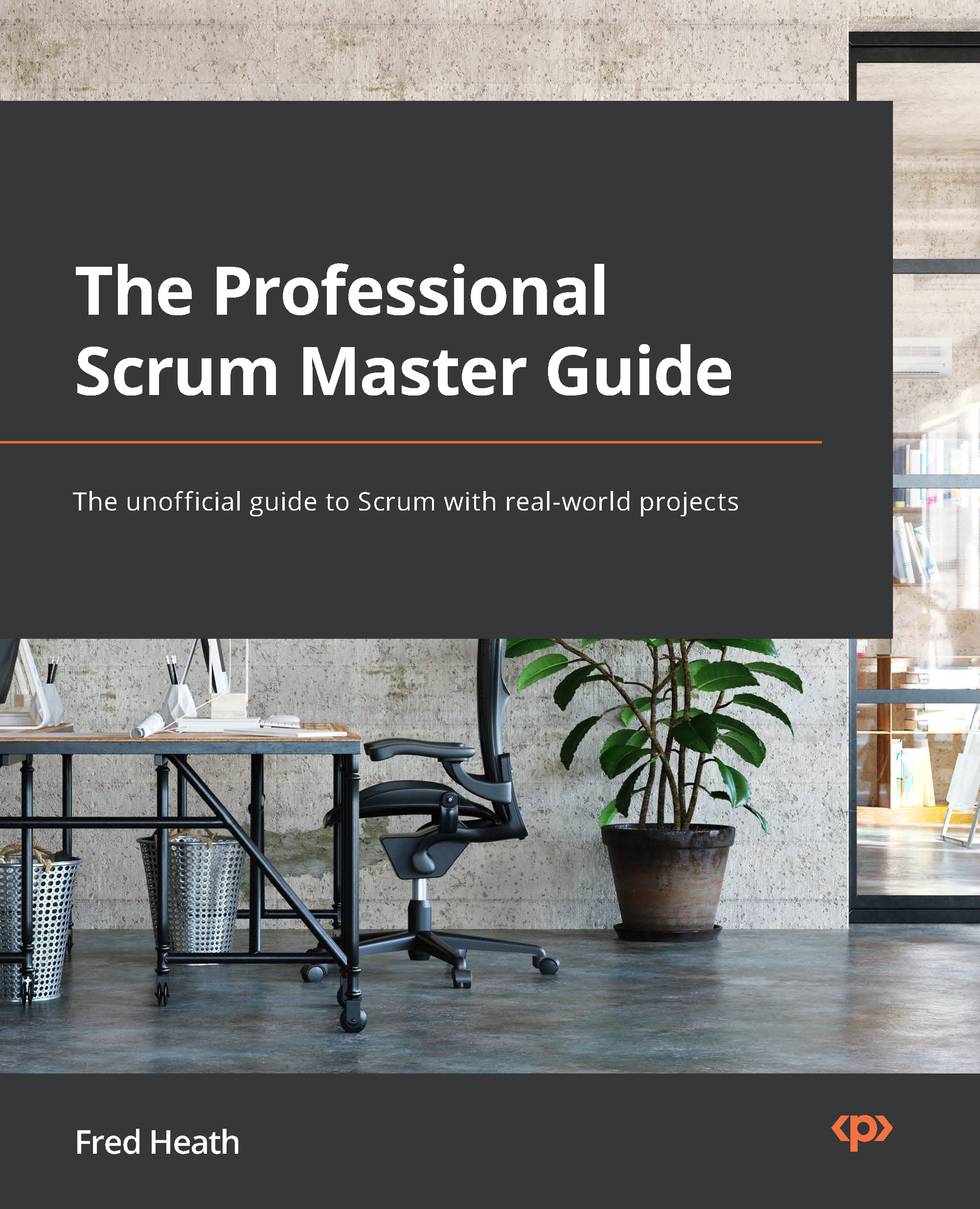Questions
- Which activities are performed during Product Backlog refinement? (Choose all that apply.)
a) Estimating backlog items
b) Ordering backlog items
c) Analyzing, discussing, and explaining backlog items
d) Creating tasks required to complete backlog items
- In which ways is the Product Backlog ordered? (Choose one answer.)
a) Items with the highest value go to the top.
b) Items with the lowest cost go to the top.
c) Items with the lowest risk go to the top.
d) Whichever way the product owner decides.
- Certain Sprints, such as the first Sprint, are treated differently as they do not produce a Product Increment (TRUE or FALSE)
a) True
b) False
- When should a Sprint be canceled? (Choose one answer.)
a) Never. A Sprint should always be completed.
b) When two or more developers are ill or otherwise absent.
c) When the Sprint goal becomes redundant.
d) When developers cannot complete the items in the Sprint Backlog.
- During the Sprint, a defect is discovered related to an item currently...












































































